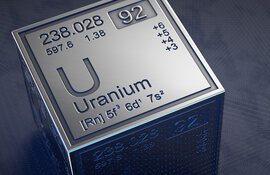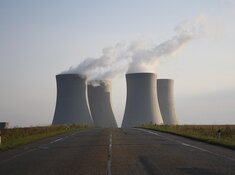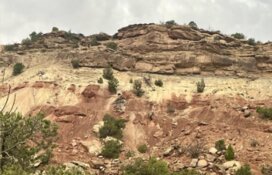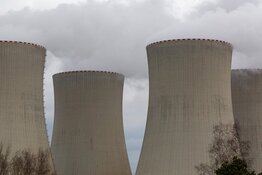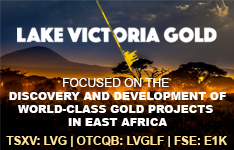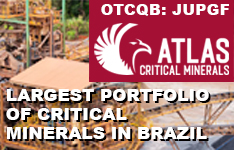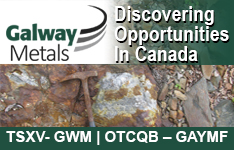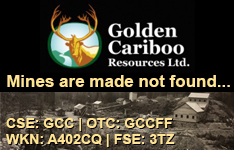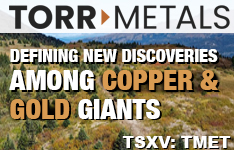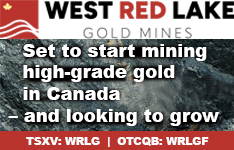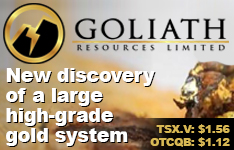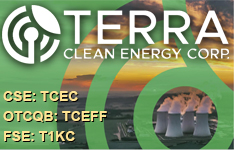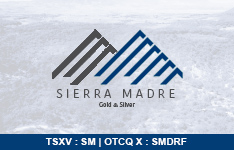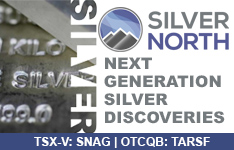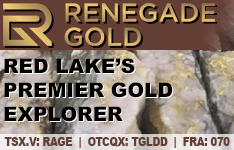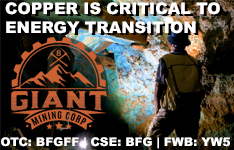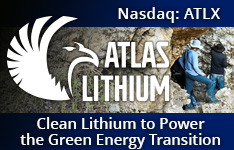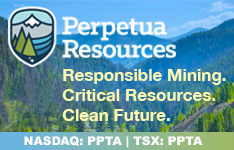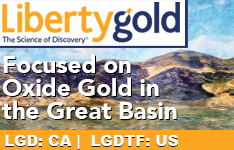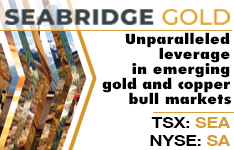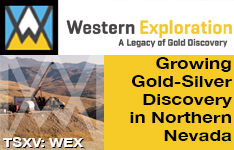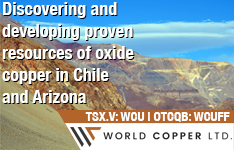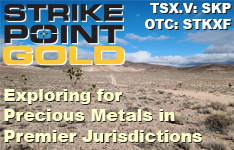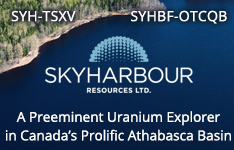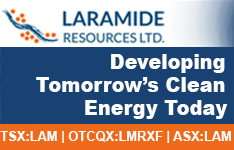Australia's uranium industry continues to be influenced by state-specific regulations, with Western Australia upholding a ban on new uranium mining licenses since 2017, according to a report by Gabrielle De La Cruz for Investing News Network on October 2. Although projects approved before the ban have been allowed to continue, no new developments have been allowed.
The country is home to the world's largest uranium reserves, according to the World Nuclear Association. With electricity needs skyrocketing for artificial intelligence, data centers, and electric cars, nuclear energy is back on the table.
The United States "would love to" have Australia provide uranium for nuclear energy, U.S. Energy Secretary Chris Wright stated February during a conference in London.
"I would love to see Australia get in the game of supplying uranium, maybe going down that nuclear road themselves," he remarked at the Alliance for Responsible Citizenship event, speaking via video link.
President Donald Trump on Monday entered into a similar agreement with Australia for rare earths and other critical minerals, reported Natalie Sherman for the BBC on October 20. The deal is aimed at enhancing the supply of rare earths and other essential minerals, as the Trump administration seeks strategies to challenge China's market dominance.
Australian Prime Minister Anthony Albanese stated that the agreement would back a pipeline of US$8.5 billion in "ready-to-go" initiatives designed to boost Australia's mining and processing capabilities. According to a framework document, the deal includes a US$1 billion investment by both nations in projects across the U.S. and Australia over the coming six months. The U.S. and Australia have been collaborating on these matters since Trump's initial term, but Albanese noted that this new agreement would elevate the partnership to the "next level."
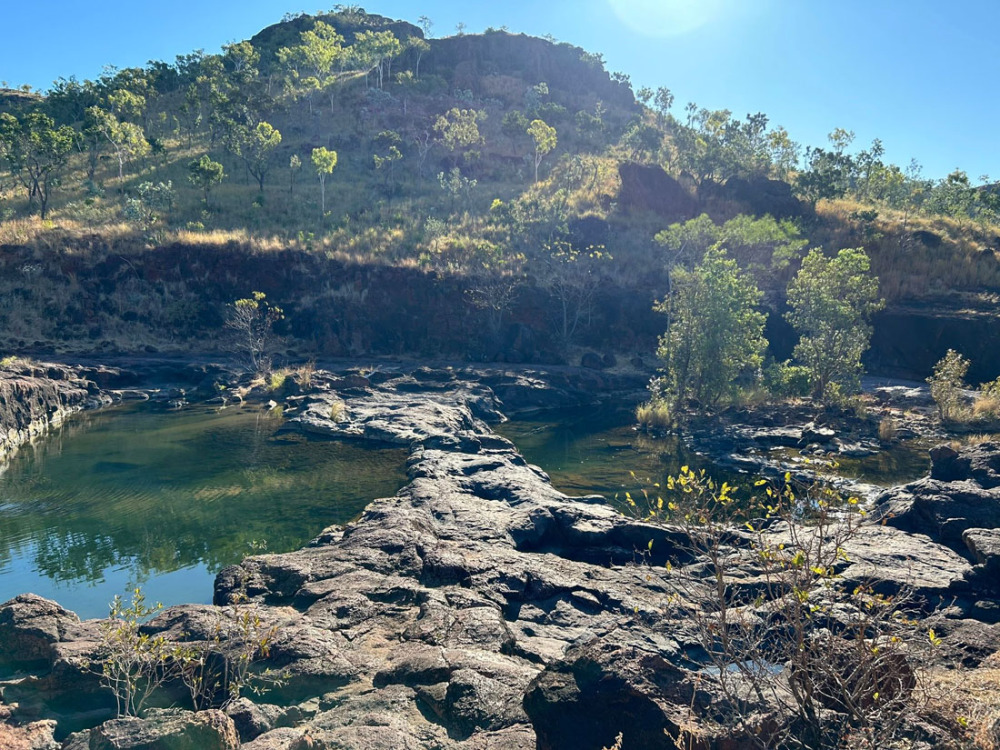
The situation in Western Australia indeed may be at an inflection point. Premier Roger Cook recently indicated that the policy could be under review as part of broader strategic development plans, ahead of his energy-focused trade mission to China and Japan.
While no definitive decisions have been made about lifting the ban, Cook’s more flexible comments are seen as important indicators of the state’s shifting perspective, according to the article.
In mid-September, the Australian federal government announced a AU$12 billion, decade-long investment to create a submarine and naval shipbuilding hub in Western Australia.
This funding will support servicing U.S. submarines and expedite the rollout of AUKUS, the trilateral security pact between Australia, the U.K., and the U.S. A key component of the alliance is Australia's acquisition of nuclear-powered submarines, a move intended to bolster security and maintain a free and open Indo-Pacific.
When asked whether the ban on uranium in WA might be lifted, considering its role in global decarbonization, Cook stated that a "significant shift" in the global market is necessary. "That’s why we’re continuing to monitor the current players who have permits or leases to mine uranium. We’ll continue to watch this space," he said.
US Protecting Supply Risks
The United States is intensifying its efforts to expand its strategic uranium reserves as Washington aims to protect nuclear power from supply risks associated with Russia and enhance domestic production, according to a report by Giann Liguid for INN on September 16.
Wright told Bloomberg that the Trump administration is committed to decreasing U.S. reliance on Russian-enriched uranium, which still supplies about a quarter of the fuel for America's nuclear reactors, responsible for generating roughly 20% of the nation's electricity.
"We’re moving to a place — and we’re not there yet — to no longer use Russian enriched uranium," Wright has said. "We hope to see rapid growth in uranium consumption in the U.S. from both large reactors and small modular reactors. The size of that right buffer would grow with time. We need a lot of domestic uranium and enrichment capacity."
The idea of a federal uranium reserve is not new. The first Trump administration sought US$150 million in 2020 to initiate direct purchases from U.S. producers, though Congress approved only half of the request. Former President Joe Biden later expanded on the plan, and in 2022, the Department of Energy awarded contracts to companies for hundreds of thousands of pounds of uranium. However, uranium inventories remain thin by global standards.
Growing Positive Sentiment
For those uncertain about the trajectory of uranium, September likely provided more insight, Nick Wodeshic wrote for VettaFi ETF Trends on October 16.
Earlier in October, Jacob White, CFA, ETF Product Manager for Sprott Asset Management, closely examined uranium's performance over the past month. White observed that spot uranium prices increased by 8.02%, driven by improved sentiment and tighter supply, Wodeshic noted.
"Miners followed suit, with White’s report finding that the Northshore Global Uranium Mining Index rose 17.01% over the last month," the author said. "Meanwhile, the Nasdaq Sprott Junior Uranium Miners Index TR fared even better, jumping 21.75% in September. "
White attributed part of the uranium sector's strong performance to growing positive sentiment. He highlighted the recent comments by Wright, who expressed plans to stockpile more uranium and phase out Russian-enriched uranium. Wright also outlined intentions to boost U.S. uranium production and enrichment capabilities.
"As the U.S. deepens cooperation with allies on advanced nuclear technologies and supply chain resilience, the sector is poised for a new wave of investment and contracting," White added. "The market signals from September have increased the pool of capital available for project development and reinforced the bullish outlook for uranium producers."
Overall, September's uranium rally and its underlying factors could present an enticing buy signal for advisors and investors. The Department of Energy's plans for uranium are likely to persist, offering miners a steady source of demand for this critical material, the article noted.
Laramide Resources Ltd.
One company waiting to see how the situation plays out is Laramide Resources Ltd. (LAM:TSX; LMRXF:OTCQX: LAM:ASX), a uranium developer with both in-situ and hard-rock uranium deposits located in the southwestern United States and Queensland, Australia.
Earlier this year, the company announced that two of its advanced-stage uranium projects, Crownpoint-Churchrock and La Jara Mesa in New Mexico, have been designated as FAST-41 covered projects by the Federal Permitting Improvement Steering Council. This classification is part of the federal infrastructure permitting program established under Title 41 of the Fixing America's Surface Transportation Act, highlighting the strategic importance of Laramide's projects and streamlining the evaluation process.
Notably, the La Jara Mesa Project has progressed from a FAST-41 transparency project to a fully covered project, aligning its permitting status with Crownpoint-Churchrock and simplifying its advancement under U.S. federal oversight, according to the company.
"We commend the Trump administration for the Executive Order announced on May 23, supporting the acceleration of nuclear energy development in the United States," stated President and Chief Executive Officer Marc Henderson at the time. "As momentum builds around a new era for nuclear power, it is important to recognize that uranium is the fundamental starting point of the entire fuel cycle."
A Milestone for Westmoreland Project
The company this year announced that its wholly owned Australian subsidiary, Tackle Resources Pty Ltd., has received approval for a Mineral Development Licence for the Westmoreland Uranium Project in Queensland, Australia.
This MDL approval lays a solid foundation for Laramide to advance project permitting and conduct mining feasibility studies, metallurgical testing, marketing, as well as environmental, engineering, and design studies necessary to support a future Mining Lease application. This approval marks a significant regulatory milestone and formally acknowledges by the Queensland Government that the Westmoreland Project can be assessed for its development potential.
The MDL was granted following the registration of an Indigenous Land Use Agreement (ILUA) with the Gangalidda & Garawa Native Title Aboriginal Corporation (GGNTAC), announced on November 29, 2022, under which all parties agreed to the issuance of the MDL.
"The grant of the MDL is a significant milestone for the Westmoreland Project," Henderson said. "It provides regulatory confirmation that the project hosts a defined and economically significant resource capable of supporting long-term development. Furthermore, it provides the company with a security of tenure that allows us to continue with advanced mining studies which in turn maintains our commitment to significant investment in regional Northwest Queensland."
Henderson continued, "With the MDL now in hand, Laramide is excited for the opportunity to expedite further evaluation of the asset; we believe this asset can play a material role in providing security of supply for western nuclear utilities as they confront the now widely acknowledged structural supply deficit of uranium that extends well into the 2030s.”
State Has New Government
Permitting and a formal Mining Lease application are the next critical steps in advancing Westmoreland, the company said. The Queensland Government’s current policy states that it will not grant a mining lease for the purpose of mining uranium, but an administrative change in policy by the government could direct the Mines Department of Queensland to accept an ML application for a primary uranium mine.
The current policy was initiated by the previous Labor government, which held power for nearly a decade before the last election in October 2024, when Queensland elected a Liberal National majority government.
The approved MDL area encompasses all of Westmoreland’s defined uranium deposits, including Redtree, Huarabagoo, Junnagunna, and Long Pocket. Three of these deposits (Redtree, Huarabagoo, Junnagunna) were included in a 2016 economic analysis, which, although not current under NI 43-101, provided the basis for the MDL application, Laramide said.
The MDL area includes conceptual locations for key project infrastructure and allows Laramide to initiate a range of advanced work programs, including feasibility-level engineering, environmental baseline assessments, geotechnical studies, and site layout planning.
Co. 'Very Well Positioned' for Looming Supply Deficit
In the U.S., Laramide's Churchrock project in New Mexico represents a development-ready asset, SCP Equity Research analysts J. Chan, E. Magdzinski, and K. Kormpis noted in a research note on June 3. The company's January 2024 PEA projected a 31-year operational timeline generating 31.2 million pounds at an all-in sustaining cost of US$34.83 per pound utilizing ISR extraction techniques. At a US$75 per pound uranium valuation, this created a US$239 million after-tax NPV, substantially supporting Laramide's assessment. The prospect involves developing wellfields more rapidly to boost output to 2-3 million pounds, yielding a reduced operational duration but enhanced financial performance.
 Streetwise Ownership Overview*
Streetwise Ownership Overview*
Laramide Resources Ltd. (LAM:TSX; LMRXF:OTCQX: LAM:ASX)
"We think Laramide scans very well on value, with two projects of reasonable size/scale in the U.S. and Australia (arguably two of the top three jurisdictions in today’s geopolitically bifurcating market)," the analysts noted, rating the stock a Buy with a CA$1.35 per share target price.
According to a research report by James Bullen for Canaccord Genuity Capital Markets on May 6, La Jara Mesa was among the most recent additions to the FAST-41 program. "Upon completion of any conditions in the ROD (record of decision), LAM will be eligible to receive permits allowing underground development activities and mine production," wrote Bullen, who rated the stock a Speculative Buy with a price target of AU$1.25.
The uranium market needs new greenfield developments, Bullen wrote in an earlier note initiating coverage on Laramide on October 2024. The fragility of mine supply has become increasingly apparent, he noted.
Ownership and Share Structure
According to Laramide, about 11% of the company is held by insiders and management, and 19% by strategic corporate entity Boss Energy Ltd. The rest is retail.
According to LSEG data, other top shareholders include Alps Advisors with 10.36%, Henderson with 6.81%, Mirae Asset Global Investments LLC with 3.88%, and John Geoffrey Booth with 0.97%.
Its market cap is CA$190.03 million with 283.62 million shares outstanding, according to LSEG on October 17. It trades in a 52-week range of CA$0.46 and CA$0.83.
| Want to be the first to know about interesting Uranium investment ideas? Sign up to receive the FREE Streetwise Reports' newsletter. | Subscribe |
Important Disclosures:
- Laramide Resources Ltd. is a billboard sponsor of Streetwise Reports and pays SWR a monthly sponsorship fee between US$3,000 and US$6,000.
- Steve Sobek wrote this article for Streetwise Reports LLC and provides services to Streetwise Reports as an employee.
- This article does not constitute investment advice and is not a solicitation for any investment. Streetwise Reports does not render general or specific investment advice and the information on Streetwise Reports should not be considered a recommendation to buy or sell any security. Each reader is encouraged to consult with his or her personal financial adviser and perform their own comprehensive investment research. By opening this page, each reader accepts and agrees to Streetwise Reports' terms of use and full legal disclaimer. Streetwise Reports does not endorse or recommend the business, products, services or securities of any company.
For additional disclosures, please click here.


